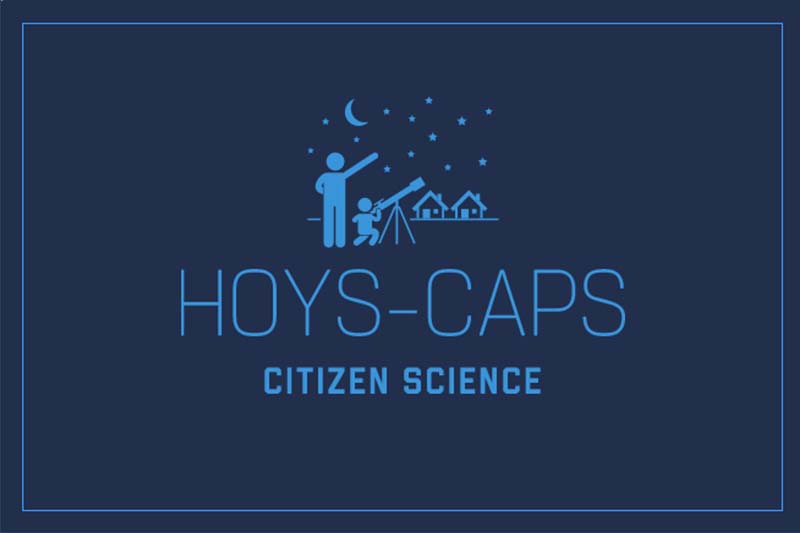The Hunting for Outbursting Young Stars with the Centre for Astrophysics and Planetary Science Citizen Science project brings together amateur astronomers from around the world to monitor the brightness of around 20 young and nearby clusters and star-forming regions in the northern sky using various optical filters (U, B, V, R, Ha, I). The ultimate goal is to have a sufficient number of participants so that we can obtain an image of every region in every filter about once or twice per day.
Most of our targets are well-known, photogenic objects (e.g. Orion, Rosette, Cocoon, Pelican, Elephant Trunk, and Cone Nebula) that amateurs already observe and photograph. We are collecting and analysing new as well as historic images of all of these regions; all of our data is publically accessible from the HOYS-CAPS server.
We are actively recruiting new participants since 2018. So far, almost 70 observers from 10 different countries are delivering data. There are now more than 11,000 images with more than 80 million accurate brightness measurements. All the data together corresponds to 700 hours integration time on a 1-meter-diameter telescope.
The project does not require a large amount of time; either (filtered) CCD or DSLR images are acceptable. Our internal self-calibration in the photometry database automatically corrects possible color terms in the data.
The scientific goals of the project are plentiful: First, by identifying and characterizing the material that’s accreting onto and occulting the young star, we can study the properties and structure of disk material, at a resolution more than 100 times better than what can be achieved with direct observations. The light curves may even reveal periodic signals hinting at the presence of accreting proto-planets crossing in front of their host star. Observations also provide the stars’ rotation periods. Finally, observations will help identify and characterize the brightness of these young stars’ outbursts.
Further resources:

